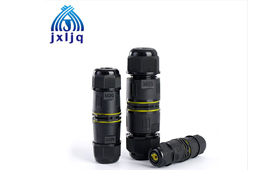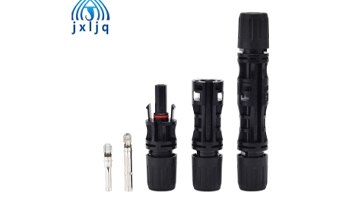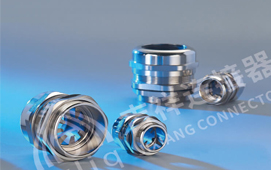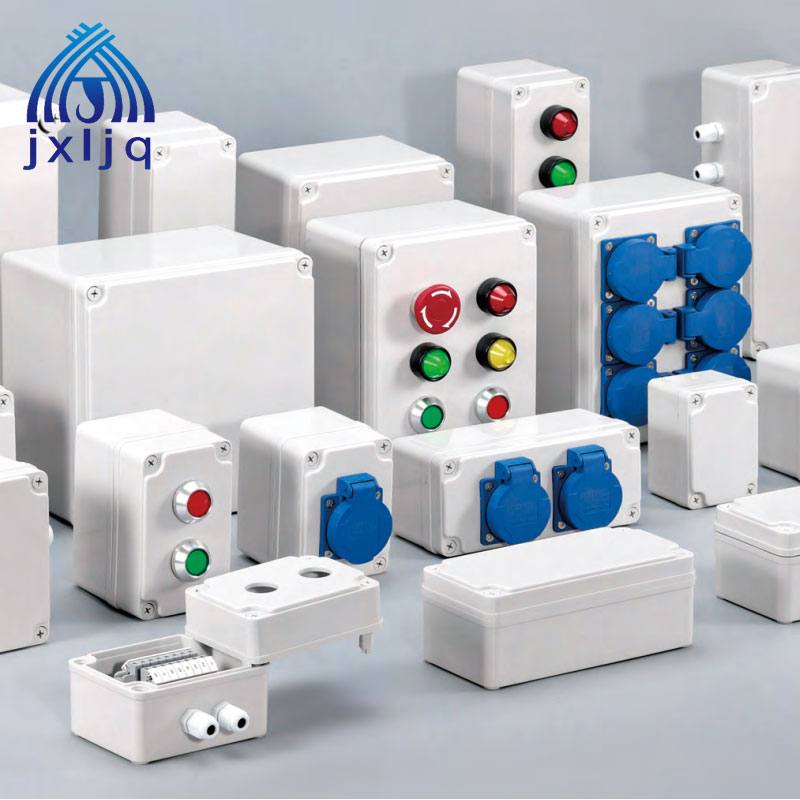How to Choose the Right Size of Waterproof Cable Gland
Picking the correct size of a waterproof cable gland is essential for its proper function, waterproof performance, and the safety of the whole electrical system. A wrong - sized gland can lead to water leakage, electrical malfunctions, and potential risks. Here are the key aspects to consider:
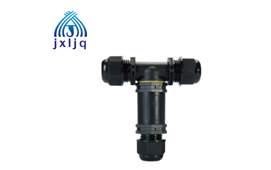
1. Measure the Cable
Accuracy is Key: Use a caliper to precisely measure the outer diameter of the cable. Different cable types like power, signal, or coaxial cables have different diameters. For example, a household power cable and an industrial high - voltage one vary. Check the cable manufacturer's specs, as some cables have diameter ranges due to manufacturing tolerances. The gland should fit this range.
2. Installation Space Matters
Limited Space: In small junction boxes or tight conduits, a compact gland is needed. Measure the insertion hole diameter and the space for the gland body. Right - angled or angled glands might be better to avoid interfering with other components.
Ample Space: If there's plenty of room, a larger gland can offer better cable support and strain relief.
3. Cable Quantity Calculation
Multiple Cables: When multiple cables pass through one gland, calculate their combined outer diameter. Choose a gland with a large enough inner diameter to fit them without overcrowding. Overcrowding makes installation hard and can damage the waterproof seal and cable integrity. For example, in a control panel with signal and power cables, select a multi - cable gland or one with sufficient inner space.
4. Gland Specifications
Size Range: Manufacturers provide a size range for their glands. Ensure the cable's outer diameter is within the recommended range.
Tolerance Levels: Consider the gland's tolerance. A wider tolerance is more forgiving for cables at the edge of the size range, but too wide can affect waterproofing. Look for glands with balanced tolerances.
5. Application - Based Selection
Harsh Environments: In industrial settings with mechanical stress, vibration, or extreme temperatures, like an offshore oil rig, a larger, heavy - duty gland with good strain - relief features is crucial.
Mild Environments: For indoor applications like a home security system, a smaller, cost - effective gland may be enough.
In summary, choosing the right - sized waterproof cable gland demands considering the cable diameter, installation space, number of cables, gland size range and tolerances, and application requirements. Careful evaluation of these factors ensures the reliable operation of the electrical system and long - term waterproofing.


